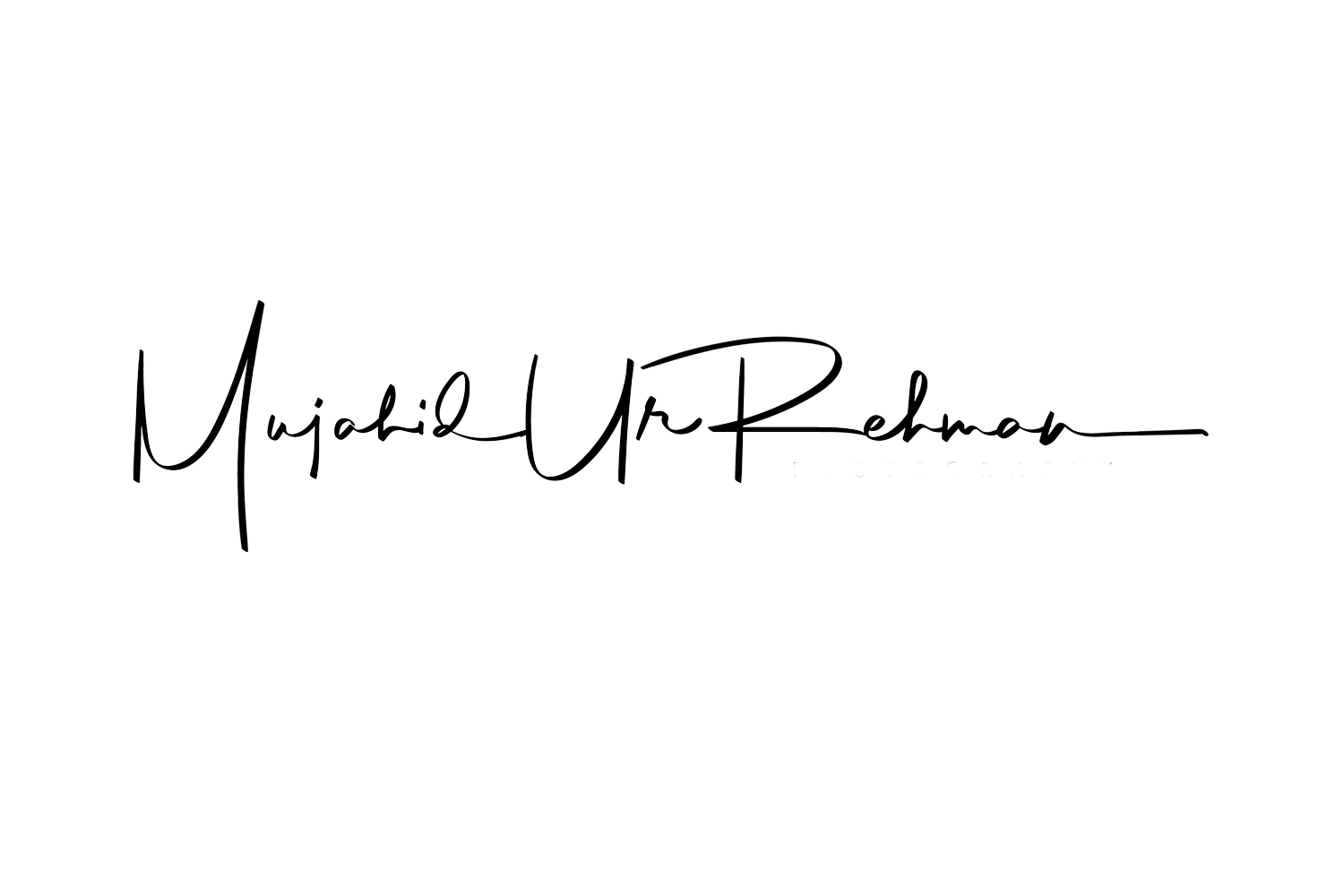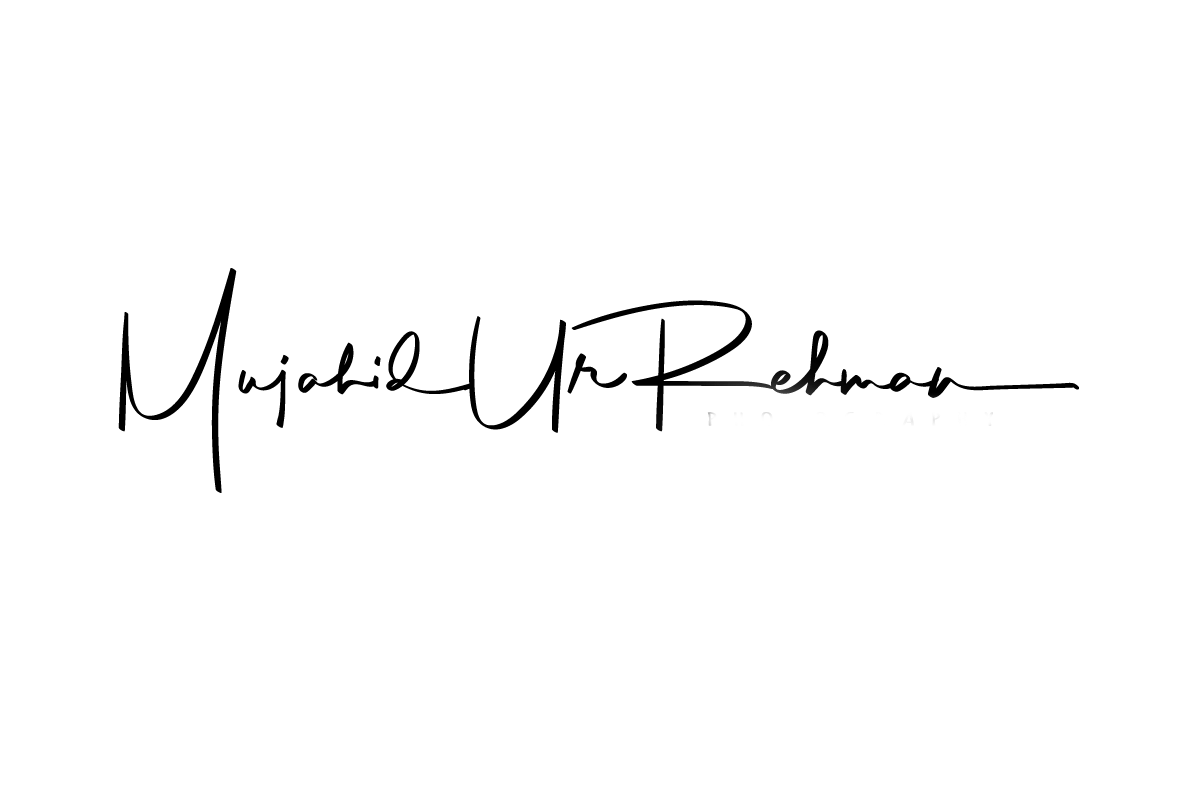What Aperture value/f-stop should you use for Landscape Photography?
One of the first questions that is usually asked in workshops and my landscape photography masterclass is what aperture value or f-stop I should use.
In landscape photography, selecting the appropriate aperture value is crucial for achieving the desired depth of field and overall image quality. The aperture, measured in f-stops, controls how much light enters the camera and affects the sharpness and focus of the image. Here are some key considerations for choosing the correct aperture for your landscape shots.
Just a quick hello: I am Muji, and I am so glad you stopped by! I am a passionate writer, photographer, and filmmaker living in beautiful Cape Town, South Africa.
Wide vs. Narrow Aperture
Narrow Aperture (High f-stop): A narrow aperture (e.g., f/8 to f/16) is typically recommended for landscape photography. This setting increases the depth of field, allowing more of the foreground and background scene to be in focus. A smaller aperture helps capture the intricate details across various distances, which is especially important in expansive landscapes where viewers want to see both close-up elements like flowers and distant mountains clearly. However, learn your camera’s sweet spot. For my Nikon 16-35mm f4 lens, f11 is the optimal aperture value for achieving a great depth of field. If I use f14 on this lens, I will still attain the same depth of field, but the background elements will be somewhat soft, that is, not as sharp. For my Tamron 17-28 f2.8, I have noticed that f9 is the sweet spot; although f11 also provides a deep depth of field, the background elements appear slightly soft.
This image of Table Mountain is shot at f11 of an aperture value
Wide Aperture (Low f-stop):
Although using a wide aperture (e.g., f/2.8 to f/5.6) is less common in landscape photography, it can be useful for certain creative effects. A wide aperture will create a shallow depth of field, allowing specific elements in the foreground to stand out against a blurred background. This technique can add a unique artistic touch, but it's not ideal for capturing expansive landscapes where you want everything sharp.
This image in Finland was captured with f2.8 of an Aperture value
Considerations for Landscape Conditions
Lighting Conditions: In bright daylight, using a narrow aperture is advantageous as it allows for a greater depth of field while reducing overexposure. Conversely, in low-light conditions, you may need to open the aperture wider to allow more light in, but be mindful of the resulting shallow depth of field. Milky Way photography is a great example for that. The following image was shot at f2.8 aperture with a 30 seconds shutter speed.
Milky Way shot at f2.8 aperture value at 30 seconds of shutter speed
Lens Quality: Different lenses have varying optimal aperture settings. Many lenses perform best at f/8 to f/11, so it's worthwhile to test your lens to find its sweet spot.
Conclusion
In landscape photography, a narrower aperture (e.g., f/8 to f/16) is generally your best bet for achieving sharp, well-focused images that showcase the beauty and detail of the natural world. However, the right choice also depends on your creative vision and the specific conditions you encounter. Experimenting with different apertures can help you capture stunning landscapes that tell a story and evoke emotion in your viewers.
If you have a passion for photography, you can enrol in my landscape photography course for beginners. This course will teach you the basics, such as how a camera works and the different camera settings, and advanced skills to help you become a confident photographer.
If you are passionate about travel, life, and photography, I invite you to join my newsletter, Sunday Morning Beans. Sent once a week on Sunday, it’s a brief 5-minute read that inspires and enlightens. By subscribing, you’ll receive a free ebook on photography filled with tips to elevate your photography skills. I value your time and privacy, promising no marketing emails—just a shared journey of inspiration. Feel free to unsubscribe anytime; your comfort is paramount. Let’s connect as a community and embrace this adventure together!
Kind regards
Muji




